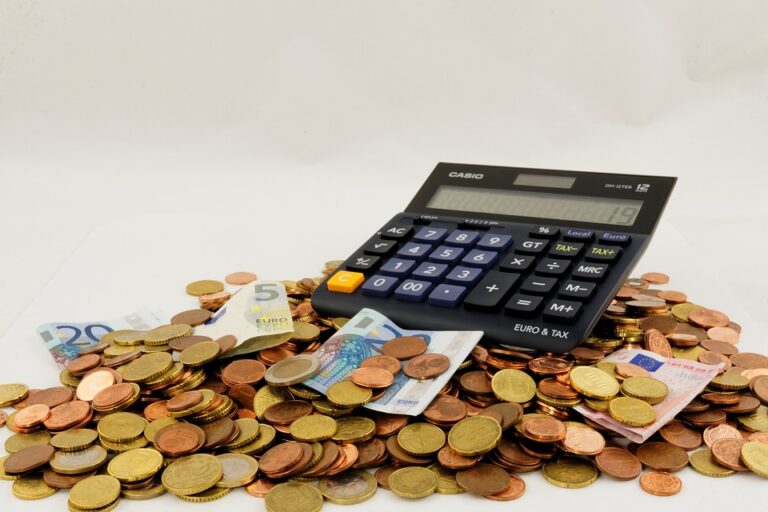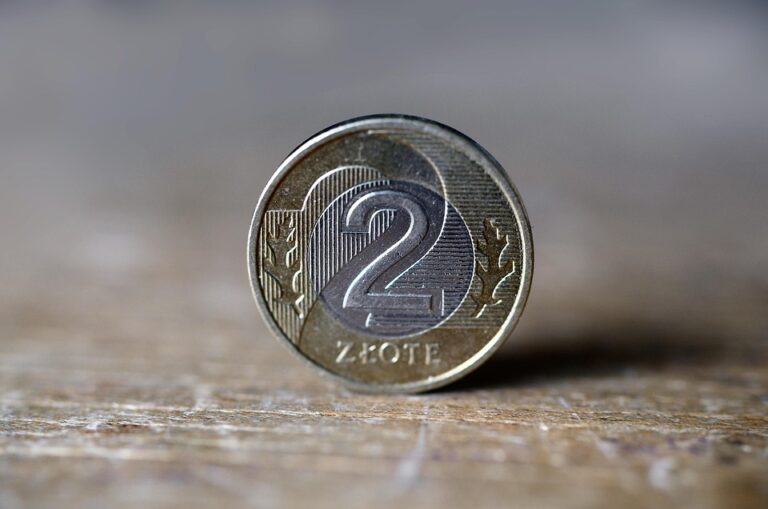Last updated Feb. 12, 2025 by Charles Zemub
Buyers or Sellers? Understanding the Dynamics of Market Power
In the complex landscape of economics and commerce, the power dynamics between buyers and sellers form the backbone of market interactions. These interactions are crucial in determining how goods and services are traded, how prices are set, and ultimately, how markets evolve. Within this dynamic, both buyers and sellers exert influence, but who truly holds the upper hand can vary significantly depending on the context.
Understanding Buyers and Sellers
Buyers and sellers represent the two primary participants in any market. Sellers are individuals or entities offering goods or services, seeking to make a profit or fulfill a need. On the other hand, buyers are the consumers who demand these goods or services to satisfy their own needs or desires. This age-old relationship forms the crux of commerce, but it’s more than just a simple exchange of goods for money.
The Power of Buyers
1. Demand and Influence: Buyers hold significant power through their collective purchasing decisions. Demand drives market trends, and when buyers show a preference for certain products or services, it can influence companies’ production and marketing strategies. For example, as consumers become more environmentally conscious, companies are pressured to adopt sustainable practices.
2. Information Accessibility: In today’s digital age, buyers have access to extensive information. Online reviews, social media, and forums provide detailed insights about products and companies. This transparency empowers buyers, making it challenging for sellers to obscure defects or poor service, thus leveling the playing field.
3. Price Sensitivity: Buyers dictate pricing through their willingness to pay. If a product is priced too high, buyers might seek alternatives, pressuring sellers to adjust prices. This price sensitivity is particularly evident in highly competitive markets with little differentiation between products.
The Power of Sellers
1. Control Over Supply: Sellers wield power through the control of supply. By limiting availability or creating exclusive products, sellers can maintain high price points. This is particularly evident in luxury goods markets where scarcity drives demand.
2. Brand Loyalty and Innovation: Through branding and innovation, sellers can create strong, loyal customer bases. Companies like Apple and Tesla showcase this by building brands synonymous with quality and cutting-edge technology, reducing buyers’ price sensitivity.
3. Marketing and Persuasion: Sellers invest heavily in marketing to influence buyer behavior. Through strategic advertising and brand positioning, sellers can shape consumer perceptions and drive demand for their products over competitors.
The Balancing Act
The balance of power between buyers and sellers is constantly shifting. This dynamic nature ensures both parties continuously adapt to each other’s tactics.
Market Conditions: In a buyer’s market, there’s a surplus of goods, giving buyers more influence, as sellers compete for attention. Conversely, in a seller’s market, shortages mean sellers can operate at an advantage.
Technological Advances: Technology affects how buyers and sellers interact. Online marketplaces and digital payment systems have streamlined buying processes, reducing seller power derived from distribution control.
Economic Shifts: Broader economic conditions, like recessions or booms, influence buyer and seller dynamics. Economic downturns empower buyers as sellers struggle to stimulate demand, while booming economies can give sellers leverage due to increased consumer spending.
Regulatory Environment: Government regulations also play a crucial role. Policies aimed at consumer protection are designed to empower buyers, while those incentivizing business growth can enhance seller power.
<div class="short-answer">
<h3>✓ Short Answer</h3>
<p style = "background: #DFF9ED; border-radius: 12 px">The dynamics between buyers and sellers fluctuate based on market conditions, technological advancements, and economic shifts. Buyers wield significant influence through demand, information access, and price sensitivity, often guiding market trends. Sellers, however, leverage their control over supply, innovation, and marketing strategies to maintain competitive advantages. Market forces constantly rebalance these powers, making the relationship between buyers and sellers crucial for understanding economic exchanges effectively.</p>
</div>Case Studies of Buyer and Seller Power Dynamics
Tech Industry: In recent years, tech companies have mastered the art of balancing buyer and seller power. Companies like Amazon have leveraged data to anticipate buyer needs, creating an almost symbiotic relationship where both parties believe they hold significant power.
Real Estate Market: Power shifts based on geographic and economic factors. During the housing crisis, buyers had leverage with falling prices and an abundance of choices. However, in booming urban centers today, sellers dictate terms due to high demand and limited supply.
Automotive Industry: The rise of electric vehicles has shifted power towards informed buyers. Brands like Tesla have capitalized on innovation, creating products that buyers desire despite higher price points, while traditional automakers scramble to adapt.
The Future: Who Will Hold the Power?
As technology continues to evolve and societal values shift towards sustainability and transparency, the balance of power may tilt even further in favor of buyers. However, sellers with strategic innovation and adaptability will continue to find ways to exercise considerable influence.
Artificial Intelligence and Data Analysis: AI can predict consumer behavior with remarkable accuracy, enabling sellers to customize offerings and increase buyer satisfaction. However, enhanced AI might also arm consumers with better bargaining power by predicting price trends.
Sustainable Practices: As environmental consciousness grows, buyers will demand eco-friendly products, influencing seller practices. Sellers that align with these values may retain power through brand loyalty, while those resistant to change could see diminished influence.
Global Markets and Localization: The globalization of markets means sellers can reach broader audiences, leveraging economies of scale. However, local buyers with specific cultural preferences will still wield significant power within niche markets.
FAQs
Q1: What determines whether a market is a buyer’s or seller’s market?
A buyer’s market is characterized by an abundance of goods with low prices, favoring buyers who have numerous options to choose from. A seller’s market occurs when goods are scarce, prices are high, and sellers have more control.
Q2: How does digital technology affect buyer and seller dynamics?
Digital technology enhances buyer power through increased access to information and price comparison tools. However, it also enables sellers to reach customers directly and tailor marketing strategies through data analytics.
Q3: In what ways do economic changes impact buyers’ and sellers’ power?
Economic booms typically enhance seller power as consumer spending increases, while recessive periods shift power towards buyers who demand better value for limited spending.
Q4: How do governmental policies influence buyer and seller power?
Policies aimed at protecting consumers generally strengthen buyer power by enforcing fair trade and competition laws. Conversely, policies designed to stimulate business innovation and growth can enhance seller power by encouraging market expansion.





